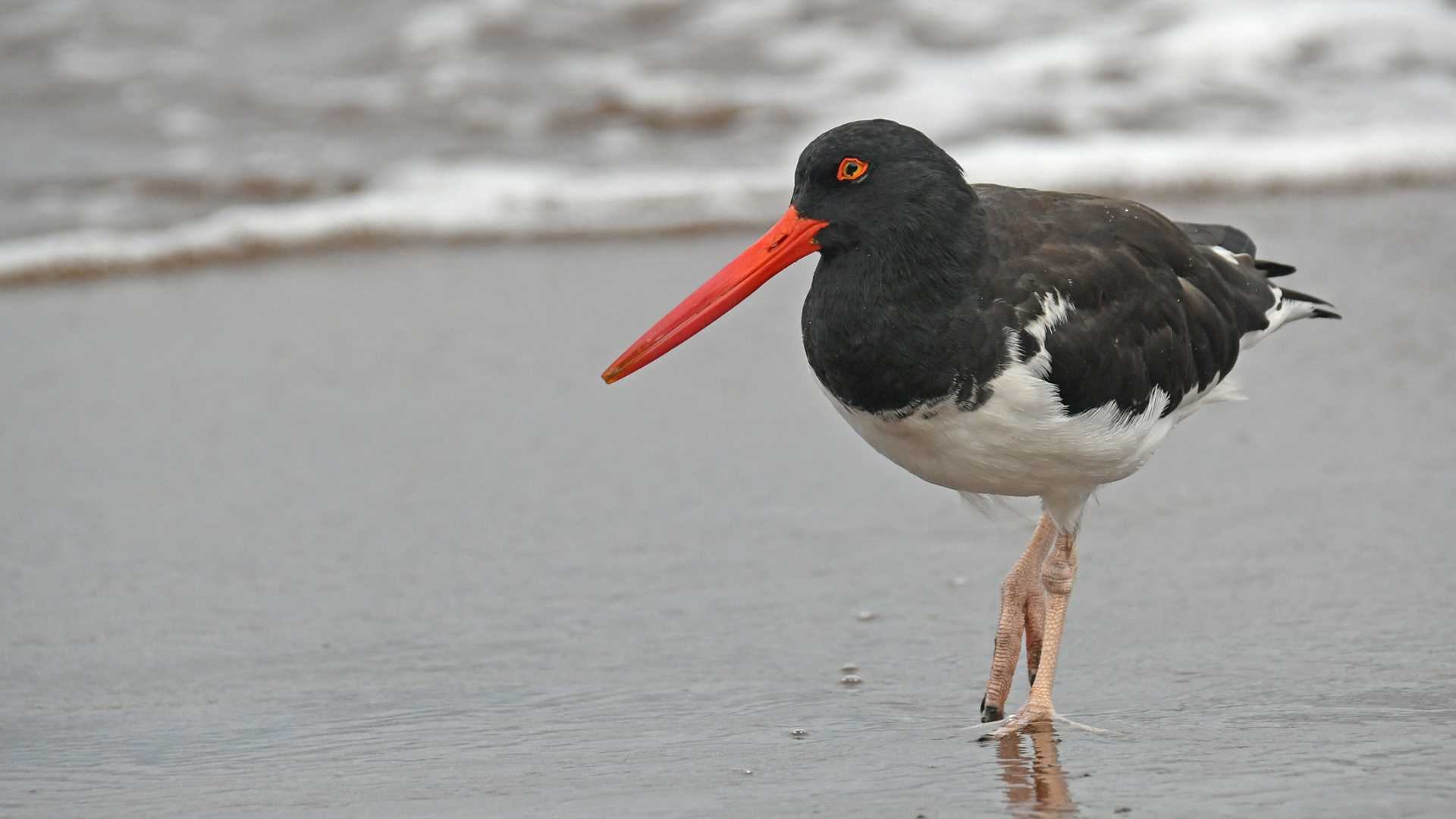At this time of the year, the sun wakes up around 6:00 a.m. Each day here at the equator is very similar. Today we explored Punta Pitt, located to the east of San Cristobal, one of the oldest islands in the Galapagos archipelago. From the ship, we observed the volcanic formations. It is easy to see where the wind and waves have eroded the tuff and pyroclastic material that form the hills. We landed on a golden beach. Tiny pieces of shells and olivine glass make the sand shine. This beach is home for thousands of red-footed boobies, frigates, seagulls, and a couple unique animals. San Cristobal lava lizards and mockingbirds are examples of the adaptive radiation that occurred in the islands during the processes of evolution and natural selection.
We enjoyed a great uphill walk to search for wildlife. The colors in the sky were marvelous, and the weather was perfect. We offered guests a Zodiac tour along the coast to see a wide variety of seabirds and aquatic creatures. Then we returned to the ship to enjoy a delicious breakfast. Next, some guests kayaked along the shoreline while others snorkeled with sea lions, multicolored reef fish, sea stars, sea urchins, and whitetip reef sharks.
In the afternoon, we moved to the north side of San Cristobal. We visited Cerro Brujo, one of the most beautiful beaches of the world. The sand is as fine as powder, and the water in the bay is crystal clear with magnificent blue and green tones. Along the shoreline, a big colony of sea lions basked under the sun. It was the perfect scenario for a great finale of our exploration of the Galapagos Islands. Later, we returned to National Geographic Islander II to circumnavigate a famous volcanic formation known as Kicker Rock. This very eroded tuff cone is home to many seabirds with lots of aquatic marine life gathered underwater.
We celebrated our journey with a wine tasting and a colorful sunset. At night, our captain offered a farewell cocktail party and a very special dinner to end our breathtaking trip around the Galapagos Islands.







